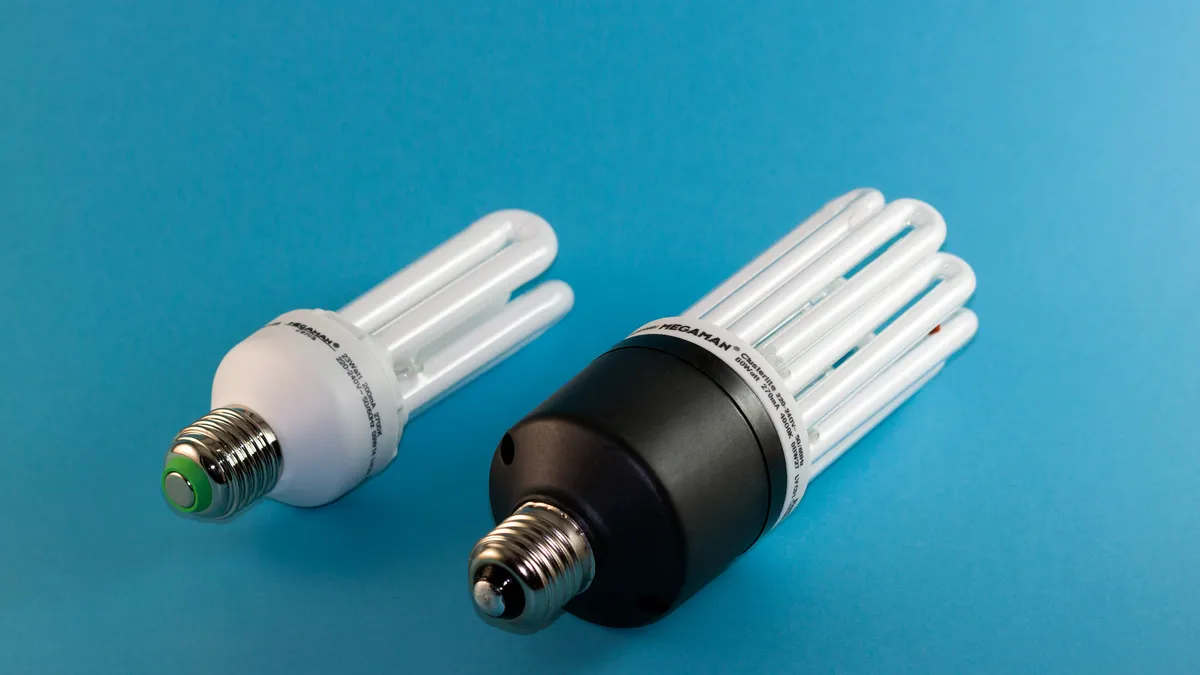Dive Brief:
- The California Public Utilities Commission (CPUC) on Thursday set new energy savings goals for the state's investor-owned electric and natural gas utilities, including a new tranche of savings potential to account for fuel substitution that clean energy advocates say will help advance the state's decarbonization efforts.
- The CPUC sets savings goals every two years based on a biennial Energy Efficiency Potential and Goals Study. The study previously identified fuel substitution potential, but this is the first time it has included it in utility targets, said Mohit Chhabra, a senior scientist in the Natural Resources Defense Council's climate and clean energy program.
- "It's a very strong policy signal," said Chhabra. "It's basically telling program administrators they need to start developing infrastructure to roll out electrification programs now."
Dive Insight:
As California utilities become more efficient, saving energy gets harder. Identifying the potential to save energy and money by switching away from gas-fired appliances opens up new conservation potential for utility goals, Chhabra said.
"They've broken out savings potentials into three chunks," said Chhabra. The first is through traditional energy efficiency equipment, the second is through behavioral measures, and a third now includes fuel switching.
The targets apply to California's investor-owned utilities: Pacific Gas and Electric Co., San Diego Gas & Electric Co., Southern California Edison, and Southern California Gas Co. The goal-setting process is not particularly contentious, and the utilities supported the targets.
The CPUC's decision "makes it clear that we intend for program administrators to aggressively pursue all energy savings opportunities in their ratepayer-funded energy efficiency programs, including fuel substitution measures,” Commissioner Darcie Houck said in a statement.
California has made other recent changes to its energy efficiency programs. In May, the commission passed new rules to address benefits beyond economic energy savings and adopted a new "total system benefit" metric to encourage conservation at high-value times and locations.
Absent the new fuel switching goals, the overall savings targets this year slightly decreased relative to the 2019 report, in part due to decreasing energy prices, which make it harder to incentivize savings, Chhabra said.
The 2019 energy savings goals for California utilities were around 820 GWh per year, and in 2021 they declined to about 710 GWh, said Chhabra. Fuel substitution potential adds in another 375 GWh, however.
Higher renewable penetration has lowered California energy prices, said Chhabra, decreasing the amount of cost-effective energy efficiency potential. Lower gas prices have also played a role, as has the development of more stringent codes and standards in the state. "As codes get more efficient, there is less potential to save," he said.
"The more you achieve in energy efficiency, it is harder and more expensive to then get the next tranche of efficiency," he said.
The CPUC's decision made other adjustments to energy efficiency rules, including around demand response integration, data from the CPUC’s integrated resource planning proceeding, and the economic impacts of the COVID-19 pandemic.
Parties in the efficiency proceeding were "generally aligned in their comments that more research is needed to understand the impacts of the COVID-19 pandemic on energy efficiency potential," according to the proposal the commission approved.















